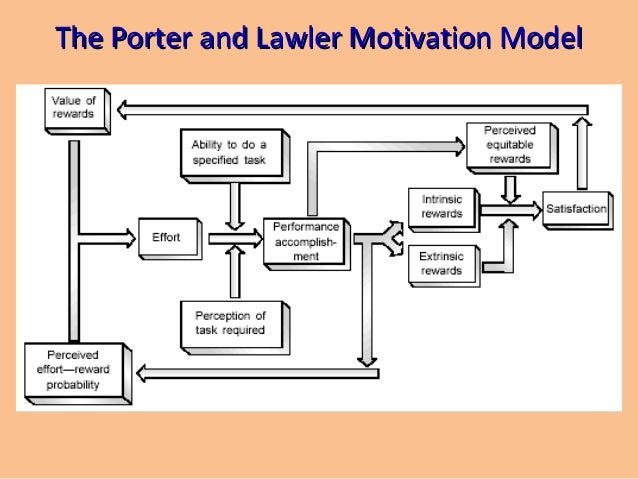
Instrumentality (I->O)
Instrumentality is defined as the link between performance and outcomes. It involves how much effort is needed to lead to the desired outcome. (L4, pg 5).
Since politics play a key role in this, it is likely that employees in our case study who are not in favor of the TL and AL are going to have low instrumentality. That being said, high performance and hard work does not lead to consistent outcomes, or perceived rewards and motivation will be low.
For the employees who do have friendships with the TL and AL, instrumentality will remain high because rewards or outcomes will be based on friendship, which they have. For these employees, performance will not need to be high as the outcomes desired are not based on this.
Valence (V(R))
Valence is the idea and perceptions the employees have on the desirability of available outcomes. This can range from -1 to +1 and depicts both results the employees would rather avoid as well as results they would like to see. (L4, p. 5). It is important to consider that not everyone has the same perceptions and attitudes about the appeal of certain outcomes.
In our case study, the employees were prompted with a bonus to be paid out at the end of their assignment, if they receive a favorable rating. This is a positive valence. Additionally, however, there are a variety of other results, both good and bad, possible for the employee. Praise, autonomy, a sense of belonginess - these are all examples of possible benefits due the employees by the TL and AL. How much value the employee places on this (or the avoidance of this) is represented by Valence.



